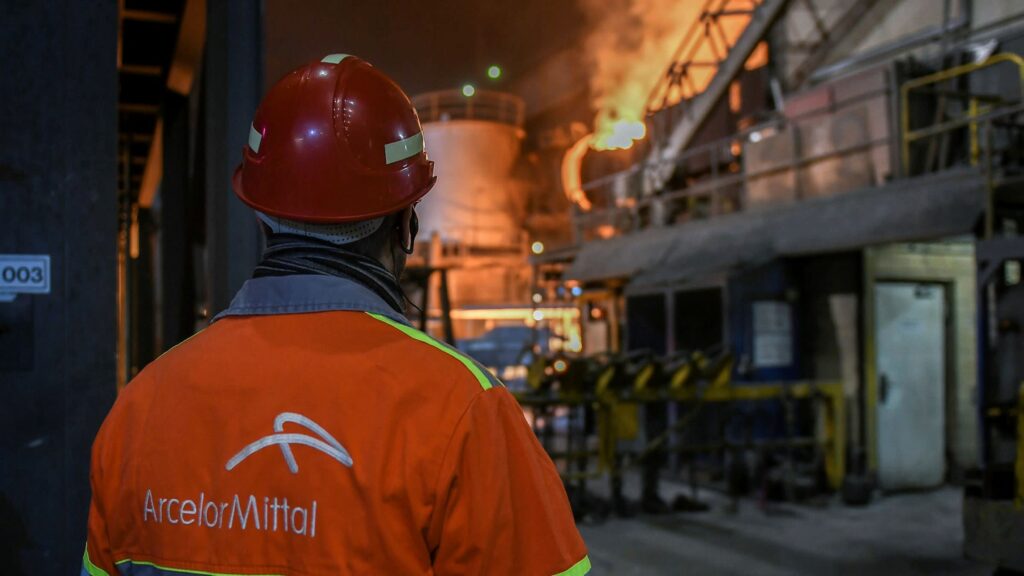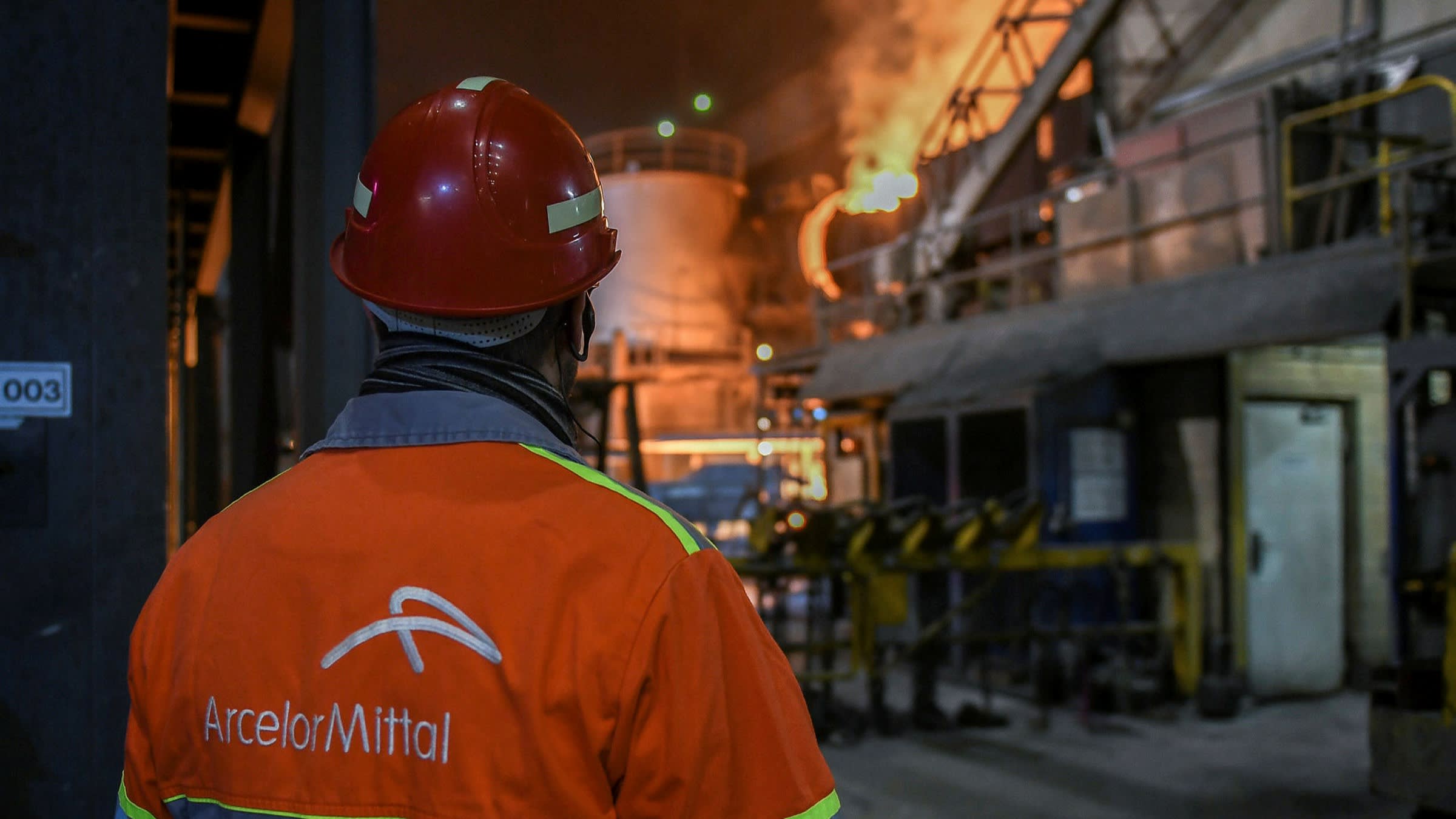
ArcelorMittal says it is developing options for further structural cost improvements to prepare for the post-Covid-19 operating environment. This follows the closure in October of the Krakow plant’s hot-end. Further details will be provided with the full-year 2020 results in February.
Steel shipments fell -13% on-year in the third quarter to 17.5 million tonnes, but this was up 18% from Q2 as economic activity recovered across all regions following the Covid-19 impact. Crude steel output fell -23% on-year to 17.2mt but own iron ore output rose 9% to 14.8mt.
Consolidated sales fell -20% on-year in Q3 to $13.27 billion, although these rebounded 21% from Q2. Ebitda fell -15% on-year to $901 million but attributable net loss narrowed 52% to $261m.
The on-quarter sales rebound was primarily due to higher steel shipments, with a better sales mix – higher automotive volumes share – largely offsetting lower selling prices. Moreover, mining sales increased on-year and on-quarter thanks to higher iron ore prices.
“The easing of lockdown measures has seen activity levels improving since 2Q 2020; nevertheless, demand remains below normal and the pace and profile of recovery is uncertain,” ArcelorMittal says in a report seen by Kallanish. The company has begun to restart hot idled capacity as market demand improves on a region by region basis; however, concerns around second wave impacts persist.
“The experience of the last 6-7 months has, through necessity, forced the business to operate differently in particular with a leaner cost structure,” the company continues.
In the nine months through September steel shipments dropped -20% on-year to 51.8mt and crude steel output fell -25% to 52.7mt. Sales declined -29% to $39.09 billion, Ebitda was down -40% to $2.58 billion and net loss more than trebled to $1.94 billion.






